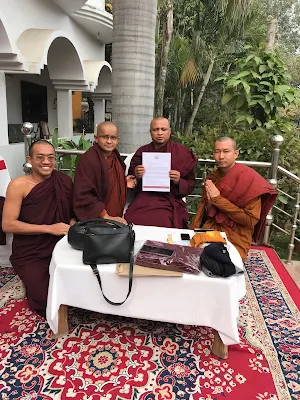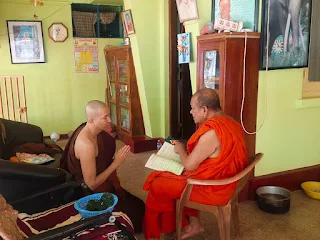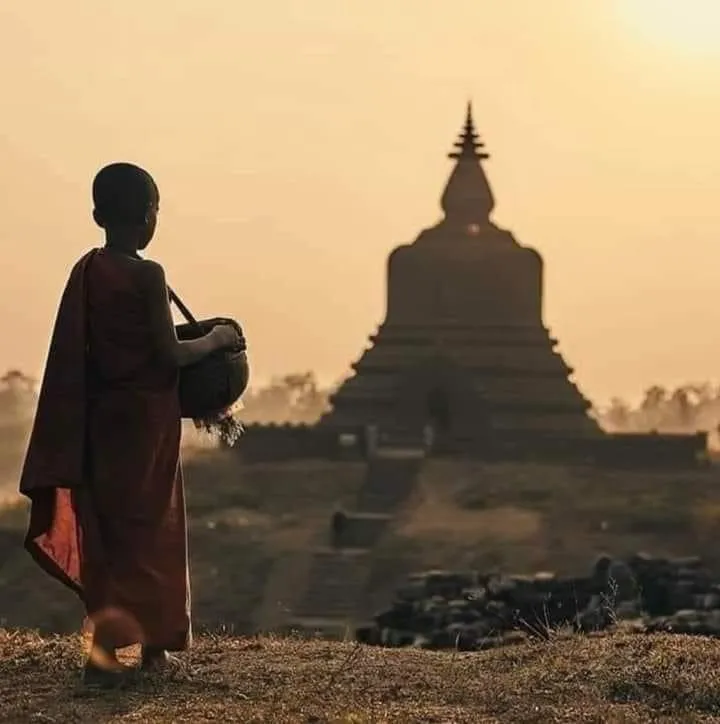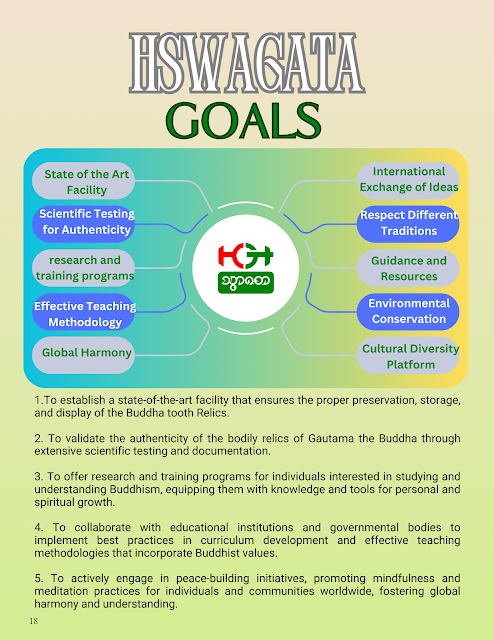We, the participants and stakeholders of this Universal Declaration for International Cooperation in Worshiping The Buddha Real Tooth and Peace, recognizing the importance of fostering mutual understanding, cultural exchange, and peaceful coexistence, hereby declare our commitment to the following principles:
1. Preservation and Protection:
We pledge to cooperate in the preservation and protection of The Buddha's Real Tooth, ensuring its safety and safeguarding it from any form of damage, theft, or illicit trade. We will work together to establish adequate security measures and promote awareness of its historical and spiritual significance to foster respect and reverence.
2. Sharing of Knowledge and Information:
We commit to sharing knowledge, research, and information related to The Buddha's Real Tooth, contributing to the scholarly exploration and understanding of its origins, history, and cultural significance. Open dialogue and the exchange of expertise will be encouraged to enhance collective knowledge and facilitate a deeper understanding of the relic's profound impact.
3. Cultural Exchange and Collaboration:
We recognize the power of cultural exchange and collaboration as means to promote mutual respect, tolerance, and understanding among nations. We will support initiatives that facilitate international exhibitions, seminars, festivals, and other cultural events centred around The Buddha's Real Tooth, encouraging people from diverse backgrounds to come together, learn, and appreciate its spiritual and historical heritage.
4. Education and Outreach:
We will encourage educational programs, workshops, and initiatives that disseminate accurate information about The Buddha's Real Tooth, its historical significance, and the teachings of Lord Buddha. These efforts will aim to foster a deeper understanding of Buddhist culture and values, promoting peace, harmony, and ethical conduct in societies.
5. Ethical Tourism and Pilgrimage:
Recognizing the importance of responsible tourism and pilgrimage related to The Buddha's Real Tooth, we commit to developing sustainable tourism practices that respect local communities, minimize environmental impact, and uphold ethical considerations. We will work together to create guidelines and initiatives that ensure the sanctity and integrity of the worship experience, while supporting local economies and cultural heritage
6.Preservation and Promotion:
We pledge to work collaboratively towards the preservation and promotion of The Buddha's Real Tooth, recognizing its cultural, historical, and spiritual significance. By safeguarding this relic, we aim to honor its heritage and promote peace through the teachings and principles embodied within Buddhism.
7. Interfaith Dialogue and Harmony:
We acknowledge the importance of interfaith dialogue and the promotion of religious harmony. We commit to fostering understanding and respect between different faith traditions, recognizing the value of diversity within our global community. Through peaceful dialogue and cooperation, we strive to build bridges of understanding and unity.
8. Cultivating Peaceful Mindsets:
We recognize the transformative power of peaceful mindsets in creating harmonious societies. We commit to promoting mindfulness, compassion, and non-violence as essential foundations for personal and collective well-being. By cultivating inner peace, we aspire to foster peace in our communities and the world at large.
9. Education and Awareness:
We commit to promoting education, awareness, and research related to The Buddha's Real Tooth and its role in inspiring peace. Through educational programs, workshops, and cultural events, we aim to raise awareness of Buddhist teachings, meditation practices, and nonviolence as pathways to achieving and sustaining peace.
10. Collaborative Initiatives:
We pledge to establish and promote international collaborative initiatives that bring together diverse stakeholders in the worship and preservation of The Buddha's Real Tooth. These initiatives will prioritize cultural exchange, interfaith dialogue, and the promotion of peace, fostering greater understanding and cooperation among nations and communities.
11. Sustainable Peace and Environmental Stewardship:
We recognize the interconnectedness between peace and environmental sustainability. We commit to adopting practices that promote both peace and environmental stewardship, such as sustainable tourism, responsible resource management, and respect for nature. By caring for our environment and promoting peace, we strive for a harmonious and sustainable future.
We, the undersigned, hereby pledge our commitment to upholding and implementing the principles outlined in this Universal Declaration for International Cooperation in Worshiping The Buddha Real Tooth and Peace.It is advisable to involve relevant stakeholders, experts, and religious leaders to ensure the inclusivity and effectiveness of the declaration.
Sao Dhammasami "Siridantamahāpālaka"
The Hswagata Buddha Relics Preservation Museum
18.02.2022



















